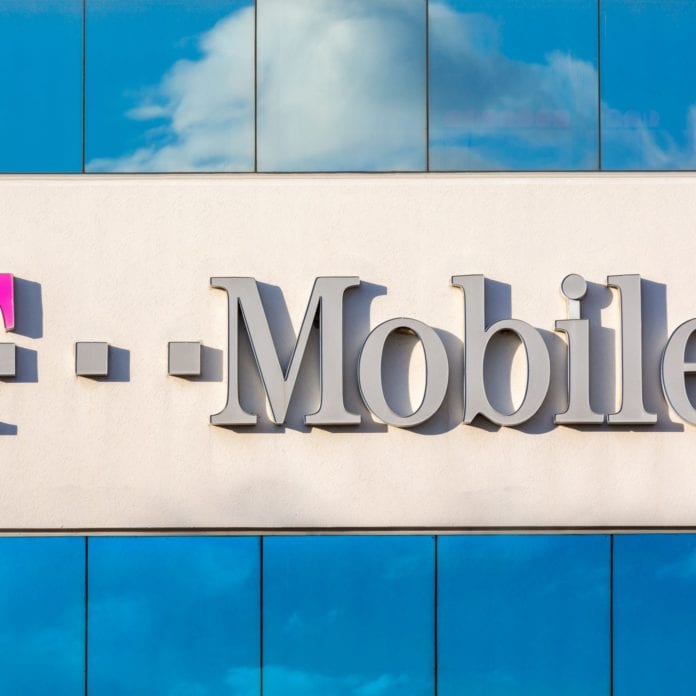T-Mobile US presentation to FCC lays out network plans
T-Mobile US sketched out its vision for a combined 5G network if its proposed merger with Sprint goes through and argued that the combination will put it in a position to better compete in a 5G landscape, in a presentation to the Federal Communications Commission.
While much of the filed presentation was redacted in terms of the 5G-related models supporting its case and some of the specifics of the two current networks, T-Mobile US said that it will be able to achieve a much faster, higher capacity 5G network as a combined company than either carrier could on its own.
The carrier’s points included:
-Spectrum position: The presentation laid out the spectrum position of each carrier individually for 5G, as well as the combined company. Sprint plans to use its 2.5 GHz holdings for both LTE and 5G, but the “propagation characteristics [present] economic challenges in providing broad or consistent coverage.” Comparatively, T-Mobile US said that on its own, it can utilize its 600 MHz spectrum for wide area coverage and for IoT, but said that it “lacks capacity” and its ability to augment with its millimeter wave spectrum is limited to dense urban areas. The combination of the two companies’ spectrum, it added, “addresses all aspects of 5G.”
-In a more general sense, T-Mo said that the combination of the two carriers’ spectrum holdings will support “accelerated [re-farming] to 5G” and deliver a more efficient, better-performing network sooner. The carrier said that by 2024, it would have a “dense mid-band grid to benefit 5G.”
– T-Mobile US projects a huge boost in speed and capacity on a combined network: capacity for 21 exabytes of 5G traffic on a monthly basis, with an anticipated average throughput of 451 Mbps and peak throughput of 4.2 Gbps by 2024. The two companies said that their projected average throughput in 2024 as standalone companies would be 100 Mbps for T-Mo and 116 Mbps for Sprint, with peak throughputs of 2.8 Gbps for T-Mobile and 0.7 Gbps for Sprint. The carriers claim that they can cover 293 million potential customers with throughput speeds of more than 100 Mbps as a combined company.
-The combined network would be anchored on T-Mo’s current network and the plans that T-Mo already has for that network in terms of builds and spectrum re-farming, with about 11,000 of Sprint’s sites kept for a combination of capacity and coverage and the addition of Sprint’s 2.5 GHz and PCS spectrum for capacity. The combined company is depending on decommissioning a large number of Sprint sites in order to produce much of the network synergies that the merger is projecting.
-T-Mobile US expects that 5G handset adoption will be “significant” starting in 2021, and says that the combined carrier will drive 5G handset adoption 10% faster than if the two operators remain separate.
Editor’s note: This story has been corrected. An earlier version reported that T-Mobile US and Sprint’s current claimed network speeds were 100 Mbps for T-Mo and 116 Mbps for Sprint, with peak throughputs of 2.8 Gbps for T-Mobile and 0.7 Gbps for Sprint; those are the companies’ projections for their networks in 2024 as standalone companies.

